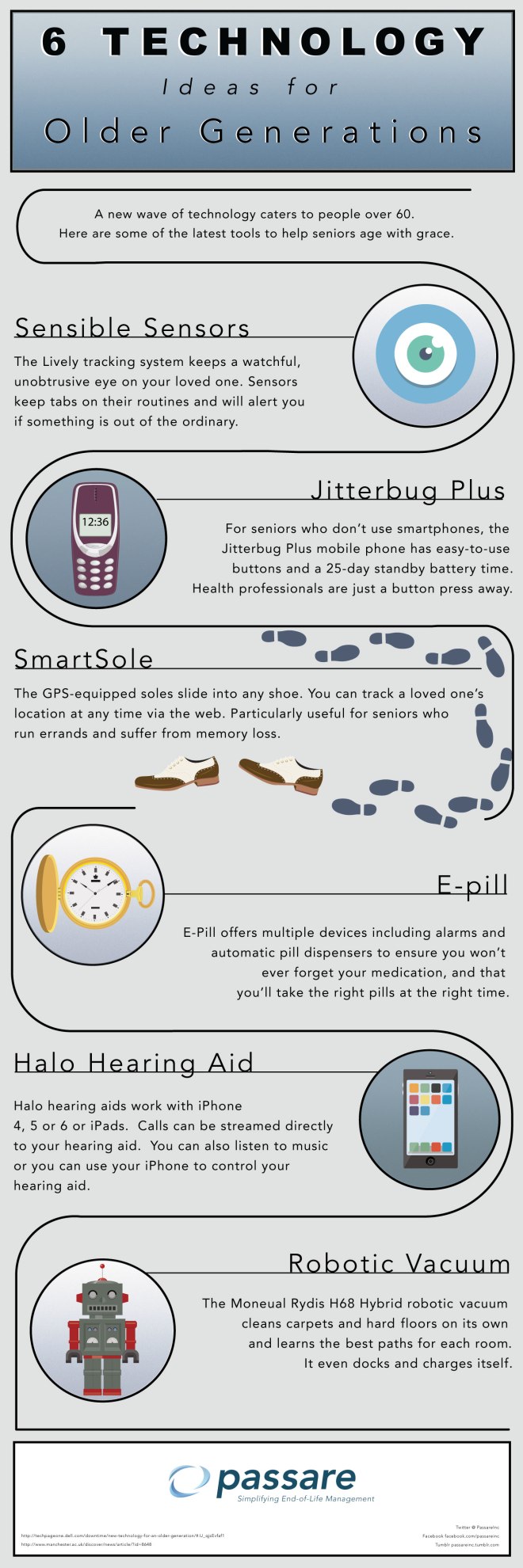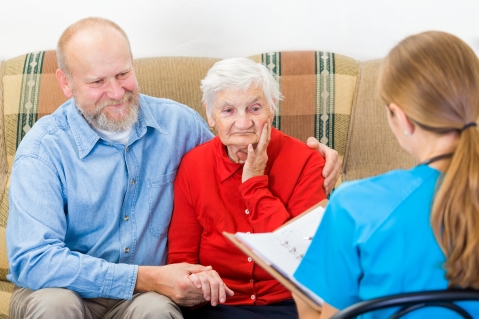Thirty-two years ago I met a boy and fell in love. The same night I met him, I met his mother, who immediately welcomed me into the family. After a few years, the boy and I fell out of love, as often happens in young relationships. His mother and I stayed close for a while, but we also grew apart eventually, only getting together for dinner every few years or so. We have managed to keep up on each other’s lives through Facebook, but it’s not the same.
A few months ago, her daughter messaged me to let me know her mother had recently gotten out of the hospital. The doctors had told her she had months left to live and hospice workers were working with her to keep her comfortable at home in the time she had left.
This is the woman who took me in when I was an awkward young woman and helped prepare me for adulthood. She took me shopping, helped me figure out my grownup style, taught me about fancy restaurants and what the extra forks were for. She gave me a very expensive set of silverware for my 21st birthday, silverware my teenage children and I still use today. More importantly, she taught me how to give and to listen and to value and appreciate who I am.
This woman did so much to help shape me into the woman I am today, but I hadn’t seen her in person in nearly eight years. I knew she had found new love, and that she had moved to California to be with him, but I didn’t know much about him or her new life. I post on Facebook more than she does, so she knew much more about my life than I knew about hers.
Knowing how much time had passed since I’d last seen her made me sad. But I had been given the gift to fix it before it was too late, so I made the trip over the hill to her home in California. I arrived to discover that the loud, vibrant redhead I remembered had been replaced with a frail, white-haired woman accompanied by oxygen tubes and a walker.
I didn’t have much of a plan for the weekend except to catch up with her and find out what she’d been up to in the decades since I had last spent quality time with her. Though she was weak, she was happy to see me and very much enjoyed talking and laughing and sharing her stories. As a communications professional, I’m used to writing down the profound things people tell me so I asked her if I could take notes while she told me about not only the last two, but the nearly eight decades she has spent on this earth.
She told me about her birth in Oregon and her childhood in the Bay Area. She told me about her tough relationship with her mother, how much she had adored her father, and how those relationships helped shape her to become the wonderful mother and grandmother she became.
She told me about her first love (the father of my first love) and how beautiful he had been when she met him in high school. She shared details of their courtship and the three beautiful children they had made together. That was also when I learned about the two stillborn babies that should have been.
She told me about her second husband and how they had built a tile business together – this one I knew since that’s where she worked when I met her, but I got details about the relationship that gave me more insight into her. And I was finally old enough to ask how she managed to remain friends with both of her ex-husbands – friendships that lasted right up until the day each of them died.
She shared stories about her great-grandmother, who she credited with inspiring her to become the successful businesswoman she was. And I learned more about what the world was like for women in the decades before I was born. I knew she had fought to make the fulfilling life she had for herself and her children, but I didn’t fully realize how hard that must have been for a single mom to do in a man’s world. She told me that she learned to cuss when she started buying and renting out homes, as she stood 5’3” in heels so she had to make sure she was heard when she walked onto a construction site.
And I finally got to know her last love – the younger brother of her best friend from high school – who she rediscovered in her early 60s and who now stood by her as she prepared to pass on to her next adventure.
As she shared her stories with me, I realized that these conversations would make an obituary that could at least attempt to capture her vivaciousness, so I asked her, and her daughter’s permission, to interview them for that purpose.
As the writer in the family, I’m often called on to write obituaries, but this is the first one I have researched while the person is still alive. It’s so much better – you get to include things that are important to them – things you would never know about if they didn’t tell you. And you don’t have to guess the names of everyone they want included in the story of their life. The experience of getting that information directly from the person you’re writing about cannot be duplicated.
I highly recommend this exercise once you know someone is on their way. First of all, go visit them, even if it makes you uncomfortable. I’m still very sad that she’s dying, but I am making peace with it because we had such a good time together. I cried more than she did, and she comforted me just like she used to, but now I’m the same age she was when I first met her.
I’m so relieved that I got the chance to see her before she dies, and to tell her how very much she means to me. Writing her obituary is a very small way I can honor her life and what she gave to me, and to so many others.
So I’m writing it now. It’s a labor of love and a work in progress, something I will continue to work on until the time comes for it to be put to work.
If you know someone who is facing the end of their life, you might consider doing the same. The dying person obviously needs to be okay with the idea, but I’ve found that many older people are much more comfortable talking about their deaths than we are. And I think most people would enjoy the opportunity to share the highlights of their lives with someone who is very interested in what they have to say.
Through writing her obituary, I hope to recapture and honor Sandy and share her spirit and her laugh with the hundreds of people whose lives she touched.
That seems like the least I can do for the woman who gave me so much.
Reprinted with permission from Reno Moms Blog.





 Care Organization
Care Organization
